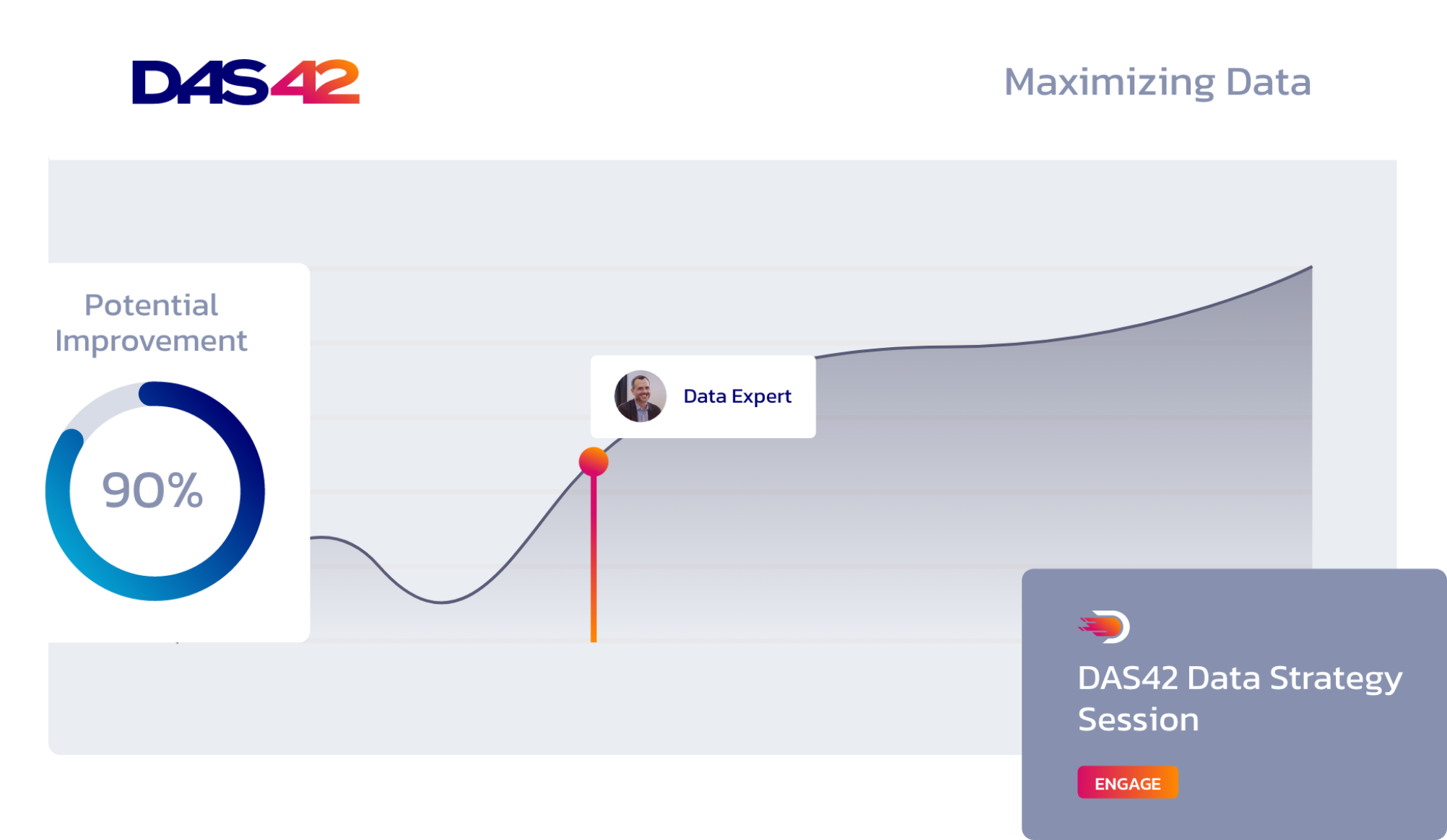Data analytics provides your business with the satisfied customers you need
In a competitive marketplace, it’s easy to repeatedly invest toward the most prized resource for every business: Your next customer. With the right data stack, your teams gain access to multiple tools designed to impact sales and boost your bottom line.
But for all the value found in empowering your sales and marketing teams with data analytics, too many organizations are guilty of a critical oversight. Attracting and converting new leads is a top priority for any business. However, satisfying your existing customer base is equally as important to your long-term survival.
Extending your analytics program to customer support allows you to increase your return on investment in a modern data stack. Allowing access to a holistic view of the customer relationship to your support teams doesn’t just lead to happier customers. It delivers higher retention rates that are just as precious to your bottom line.
Deliver more informed support calls with customer health dashboards
Though frequently overlooked in analytics implementations, your customer service teams provide a critical touch point for your brand—especially in a competitive market. Whether you work at a B2C or B2B company, you need your customers to feel good about their relationship to your company.
That impression depends on your support team having the right tools to find a solution when customers have an issue. As your representatives field calls, they’re doing your business a disservice if they can’t respond knowing the complete picture of your customers’ history or their needs.
Through data analytics, you can provide your support teams with a customer health dashboard. Instead of operating with a narrow view of a user’s identity during a support call, your reps can access a snapshot of the full customer relationship.
Looker allows you to generate all the details of a customer relationship in a single view. At a glance, your support teams can know when a customer last made a purchase, what they bought, and if they experienced issues in the past.
Within a customer’s history, you can also segment the data to specific customer cohorts. If you’re a SaaS company and a call comes from a longtime client, your support team will know to adjust their approach to provide more personalized customer care.
Customer health dashboards help optimize customer experiences
Creating a customer health dashboard requires drawing data from disparate sources and incorporating them into a platform like Looker. Alongside data like purchase history, you can pull in details from your CRM software for additional insights about your customer’s interactions with your company.
An API integration with Looker allows you to incorporate data from Salesforce to illustrate whether a customer has contacted you after an outbound email or promotion. Then, by taking into account customer behavior details, support teams can identify potential problem areas with the customer’s experience, such as usage data from your SaaS tool or streaming media platform. When these factors are combined, you can apply risk scoring to determine the likelihood a customer will cancel their service.
Usage data provides further insight into satisfaction rates of your customers. If your team sold 10 software licenses to a given company and the customer health dashboard shows only one has been accessed, your support team can take action.
By scheduling an additional check-in with a customer success manager, your organization can resolve issues that impact retention. Maybe additional training can increase adoption rates. Or maybe a different support plan or retainer relationship would be helpful. With timely insights, your teams gain opportunities to upsell or cross-sell services in a way that suits your customer’s needs and increases customer loyalty.
Understand your support team’s performance through data
As data analytics enables you to streamline your marketing and sales efforts, you can also apply its insights to optimize how your support teams function. Often requiring a sizable investment to effectively manage your customers’ needs, your call center itself is also open to analysis.
When companies use a call center, your support managers can apply data to identify trends in response times. Average call lengths, number of escalations to a manager, and effective resolutions are all open to data analytics.
If a specific team needs longer-than-usual hold times during specific times of day, you can make changes to improve performance. Then you can add more staff to specific areas in an effort to ease the bottleneck.
Centralizing all the details of your support efforts provides new insights into how well your teams take care of customers. You can break out support performance by individual agent, manager, region, or product. By incorporating customer surveys at the end of support calls, you can identify team members who may need additional training. Plus, you can analyze the results of the surveys to gain a clearer picture of your overall customer satisfaction.
As you gain insight into customer feedback trends, you can share results that will make an impact across your organization.
Customer support provides insights into your organization’s performance
The information found in your support teams is not confined to improving your customer service. As you incorporate data into support efforts, you can identify issues with your products as well.
As customers call your support teams, you can identify frequent topics or requests about your products or services. Maybe a specific component is malfunctioning, or an unexpected software conflict is introducing a bug that had previously gone undetected.
By tapping into the insights from your support teams, your product teams gain a refined view of their priorities. Your development teams can create a patch that will resolve the issue. Or they can apply customer feedback to create a better future version of your product. Identifying customer satisfaction problems through sagging NPS scores can be illuminating, but it’s also too slow. With data analytics, your teams recognize areas of need and make improvements that much faster.
In the end, customer service analytics doesn’t only allow your business to improve its support capabilities. It allows you to create a better product that’s more tailored to your customers’ needs.
Given the complexity of implementing a data analytics program, your business needs to receive a strong return on its investment. When it comes to keeping your business competitive, an optimized customer support system delivers rewards that justify the costs.
Services provided









